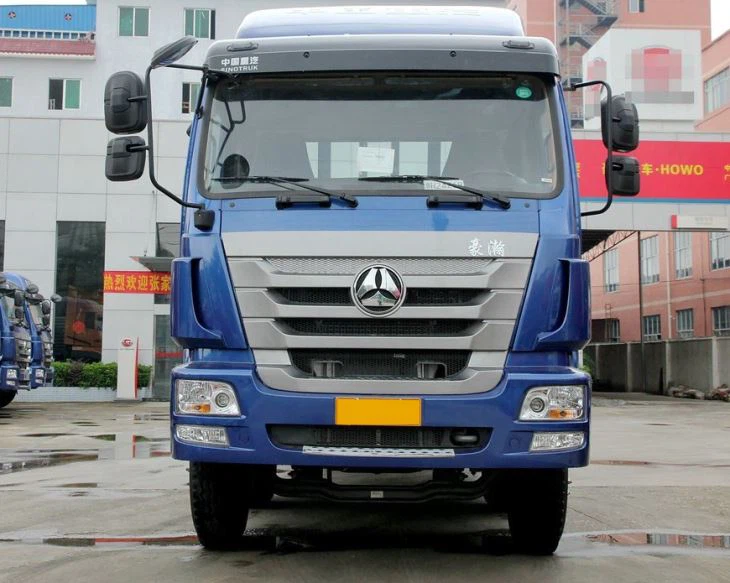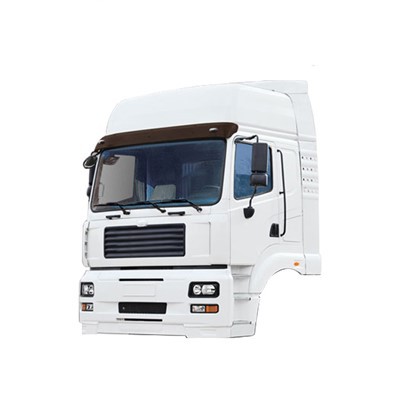When it comes to trucks, the cab is more than just a shelter for the driver; it is a crucial component that enhances the overall functionality, safety, and comfort of the vehicle. Understanding the different types of cabs for trucks, their features, and how to choose the right one for your purpose is essential for both personal and commercial usage. This comprehensive guide will cover everything you need to know about cabs for trucks, ensuring you make an informed decision.
Table of Contents
- Types of Truck Cabs
- Features to Consider When Choosing a Truck Cab
- Customization Options for Truck Cabs
- Material Selection for Truck Cabs
- Maintenance Tips for Truck Cabs
- Practical Examples of Truck Cabs
- Cost Factors for Truck Cabs
- Current Trends in Truck Cabs
- Frequently Asked Questions
Types of Truck Cabs
1. Standard Cab
The standard cab features a simple and compact design that typically accommodates two to three passengers. It’s ideal for those who need to transport tools and equipment without needing extra passenger space.
2. Extended Cab
Extended cabs offer additional seating, usually with rear jump seats. This design is perfect for occasional extra passengers or for those who need to store more gear inside.
3. Crew Cab
The crew cab is the largest style, providing full seating for five to six passengers. This type is perfect for families or work crews that need to travel together.
4. Flatbed Cab
Flatbed cabs are designed specifically for utility purposes, often featuring a flat surface at the back for transporting larger goods. They are commonly used in construction and landscaping.

5. Converting Cabs
Some truck owners opt for converting cabs, which allow for additional customization, like camper modifications or installations for specialized equipment.
Features to Consider When Choosing a Truck Cab
1. Space and Comfort
Evaluate the space inside the cabin. Driver comfort is essential for long journeys. Consider options like adjustable seating and legroom.
2. Visibility and Safety
Check for features that enhance visibility, such as large windows and mirror placements. Safety features like airbags and traction control are also important.
3. Storage Options
Consider how much storage space you need for tools and personal items. Look for compartments and under-seat storage solutions.
4. Technology Integration
Modern cabins now include tech features like Bluetooth, GPS, and advanced sound systems. Select a cab that integrates seamlessly with the latest technology.
5. HVAC Systems
Efficient heating, ventilation, and air conditioning systems make long drives comfortable. Ensure the cab offers good climate control options.
Customization Options for Truck Cabs
1. Upholstery Choices
Choose from a variety of upholstery materials for seats and interiors, such as leather, vinyl, or fabric, according to your personal preference.
2. Color Customization
Many manufacturers offer color choices, allowing you to personalize the look of your truck cab to match your style.
3. Accessories and Add-Ons
Consider practical add-ons like dashboards with additional tech, custom steering wheels, or upgraded sound systems that enhance your driving experience.
4. Bed Size and Configuration
When customizing, match the cab size with the bed configuration to ensure that the truck serves its intended purpose, whether for business or recreation.
Material Selection for Truck Cabs
1. Steel Cabs
Steel frames are strong and durable but can be heavy, which may affect fuel efficiency.
2. Aluminum Cabs
Aluminum is lightweight and resistant to rust, providing better fuel efficiency while retaining strength.
3. Composite Materials
Composites combine various materials to maximize strength and minimize weight. They are becoming more popular in truck manufacturing.
Maintenance Tips for Truck Cabs
1. Regular Cleaning
Keep the interior clean to maintain cabin conditions. Vacuum seats and use appropriate cleaners for dash and console surfaces.
2. Inspection of Seals and Weather Stripping
Regularly inspect seals and weather stripping to keep moisture out and maintain vehicle integrity.
3. Scheduled Maintenance
Follow your truck’s maintenance schedule for oil changes, tire rotations, and checks on HVAC systems to ensure optimal performance.
4. Check Electrical Systems
Inspect electrical systems, including lighting, GPS, and audio equipment, to ensure they work correctly.
Practical Examples of Truck Cabs
1. Workhorse Fleet Trucks
A contractor may choose crew cabs for their fleet trucks to facilitate team transport and tool storage simultaneously.
2. Utility Trucks
Utility companies often opt for flatbed cabs for easier loading and unloading of equipment required for repairs and maintenance.
3. Delivery Trucks
Delivery companies benefit from extended cabs, providing extra space for packages while maintaining capacity for driver comfort.
Cost Factors for Truck Cabs
| Cab Type | Average Cost | Features Included |
|---|---|---|
| Standard Cab | $20,000 – $30,000 | Basic features, minimal extra space. |
| Extended Cab | $25,000 – $35,000 | Extra seat options and storage compartments. |
| Crew Cab | $30,000 – $50,000 | Full seating, advanced safety features. |
| Flatbed Cab | $25,000 – $45,000 | Flat surface, customizable load options. |
Current Trends in Truck Cabs
1. Sustainability
More manufacturers are focusing on eco-friendly materials and processes, aligning with modern environmental standards.
2. Enhanced Technology
Integration of smart technologies, including self-driving features and advanced navigation systems, is becoming a common trend in truck cab design.

3. Improved Comfort Features
Designers are incorporating more ergonomic seating and user-friendly interfaces for controls, enhancing the driving experience.

4. Modular Designs
Some companies are exploring modular cab designs that allow for easy customization and alterations based on user needs.
Frequently Asked Questions
1. What is the best cab type for long-distance driving?
The crew cab is generally best for long-distance driving due to its spaciousness and comfort features.
2. How do I know if I need an extended cab versus a standard cab?
If you occasionally carry extra passengers or need additional storage, an extended cab may be more suitable.
3. Are there financing options available for purchasing truck cabs?
Yes, many dealers offer financing plans for new truck purchases, including the cost of the cab.
4. How often should I perform maintenance checks on my truck cab?
Regular maintenance checks should be conducted per the vehicle’s owner’s manual instructions, usually every 6 months.
5. Can I customize my truck cab after purchase?
Yes, numerous customization options are available post-purchase through aftermarket modifications.
6. What materials are most durable for truck cabs?
Steel and aluminum are both durable options, with steel providing strength and aluminum offering resistance to corrosion.